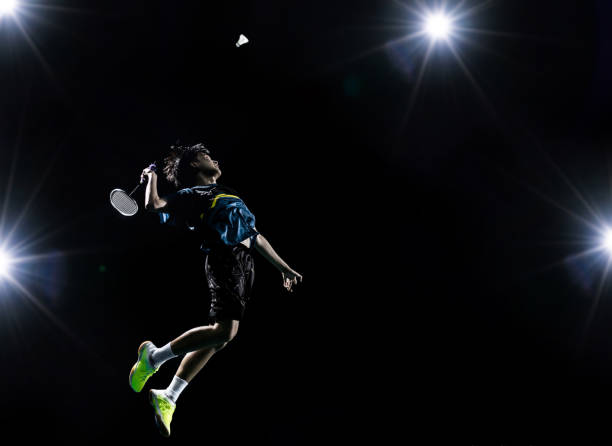What is a forehand shot in Badminton?

What is a forehand shot in Badminton
Introduction
Don't Miss Other Predictions for today!
-
Sure Win Prediction Today
-
Bet Of The Day
-
Long Ticket Prediction for today
-
Over 1.5 Goals Predictions & Tips
-
Over 2.5 Bets
-
Sure Wins /Sure Wins Only
-
Double Chance
-
Both Team to Score
-
Sure Six Straight Win For Today
-
Single Bet Of The Day
-
Banker Bet of the Day-Banker Tips
-
Best Soccer Bets Today
-
Must Win Teams Today
-
Sure 5 Odds+
Badminton is a sport that combines elements of tennis and racquetball. The game itself has been around since 1873, but it only became popular in the West in the early 1900s. It’s easy to see how this game could be played on courts in your backyard; it requires running back and forth between two lines of play to lob a shuttlecock over one opponent’s head before returning to your side’s start line.
Forehand Shot in Badminton
The forehand shot is the third side of the court, so it’s not just a backhand. It is also known as your “leading shot” or “down-the-line” because it travels in an upward direction from where you stand on the baseline to just past your opponent’s service line and then down toward their end zone. This means that if you’re going to hit with this shot, you’ll want as much power as possible while still maintaining control over where it goes once it leaves your racket.
Forehands are often used when players want to drive through an opponent who has set up well defensively—or if they simply don’t have time before serving again (or after).
The forehand is the most common shot in badminton. It’s the shot that players strive to master.
The forehand is the most common shot in badminton. It’s the shot that players strive to master, as it’s the third side of the court and can be used as a defensive or offensive weapon.
The forehand is also considered to be one of the most difficult shots to master because it requires great balance, timing, accuracy and speed.
It’s not just a backhand, it’s the 3rd side of the court.
The forehand shot is the 3rd side of the court, so if you’re hitting a backhand and then a forehand, you’re missing out on what makes badminton so much fun.
The forehand shot is also one of the most common shots in badminton because it’s easy to learn and execute—and it’s great for beginners who want to get into playing this sport without having to spend hours learning each individual stroke.
In badminton, players have 2 choices on either side of the net. They can hit a forehand or backhand shot down the center of the court.
In badminton, players have 2 choices on either side of the net. They can hit a forehand or backhand shot down the center of the court.
The forehand shot is hit to the left or right and it is considered a “neutral” shot because it cannot be beaten by your opponent’s defense. The backhand shot must be hit with some speed and accuracy to get past their defenses and land inside their court (or land in front of them).
Each player has 2 shots during a rally. One shot is called a service and the other is called an attack or reception.
In a Badminton match, each player has 2 shots during a rally. One shot is called a service and the other is called an attack or reception.
The first shot of the rally is called the service. It’s hit from behind their own baseline, with either backhand or forehand depending on which side of the court they are playing on (e1 or e2). The serve should be delivered over the net and into your opponent’s court in order to return it safely back to yours for another point!
A good forehand is crucial to success in badminton
A forehand shot is the most common shot in badminton, and it’s basically a backhand. The forehand side of the court is where you stand when serving or receiving a serve to start each point. It’s also known as receiving (because you receive your opponent’s service), service side (when you’re serving), or middle-court (when there are two players on each side).
The concept behind this shot is pretty simple: hit it with your hand facing backwards instead of forwards!
Conclusion
Badminton is a fast-paced game that requires great hand/eye coordination. In order to play well, you need to master several different shots – including the forehand. This article will explain what a forehand shot is and how it’s used in badminton.
